Embarking on your first camping adventure is like opening the door to an entirely new world. It’s a great (and cheap) way to experience national parks.
But if you’ve never done it before, it can be intimidating. I’ve camped in many of the national parks and have written this guide to walk you through the basics of camping, so you can enjoy the experience without stressing about it all.
No time right now to read these tent camping tips and tricks for beginners? Pin It and save it for later:
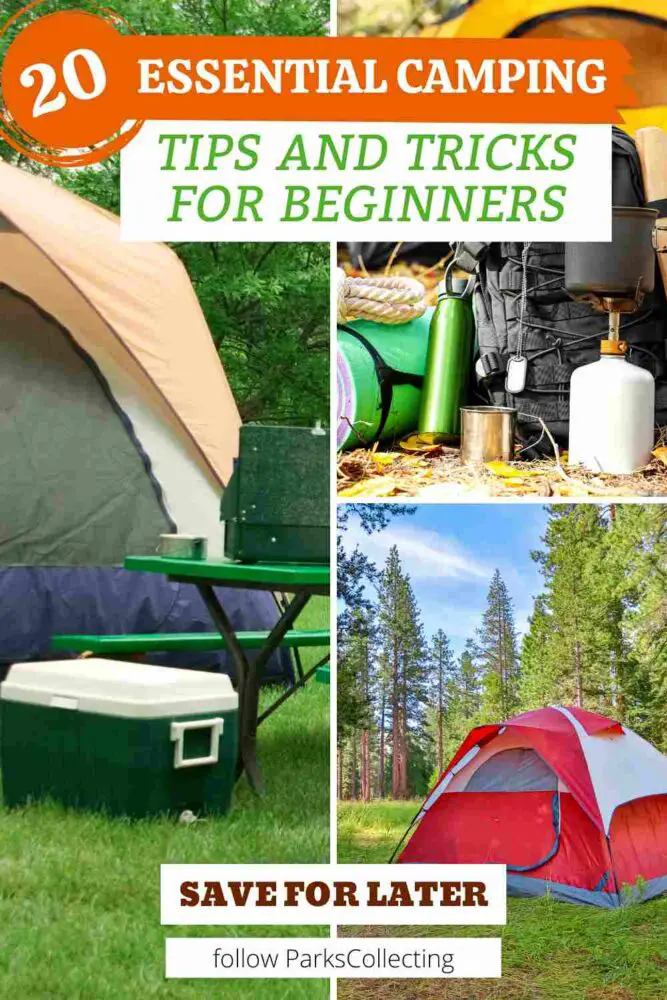
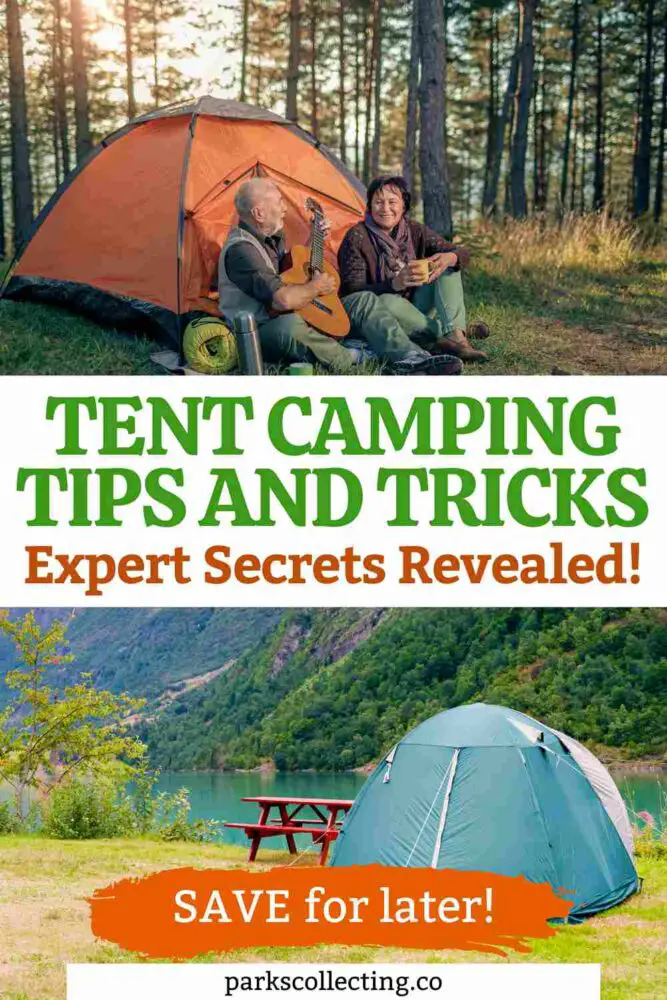
🛏️FIND A HOTEL: Search now
🚘FIND THE CHEAPEST CAR RENTAL: Search Discover Cars for the best deals
✈️FIND THE CHEAPEST FLIGHTS: Search Skyscanner for the best deals
🧳GET TRAVEL INSURANCE: Get insured with Travelex before you go
📱TAKE AN AUDIO TOUR: Buy an audio tour now
Subscribe to daily national parks planning tips, travel inspiration and trip ideas and I’ll send you a free PDF of this Guide:
38 Tent Camping Tips for Beginners
Table of Contents
Choosing Your Campsite
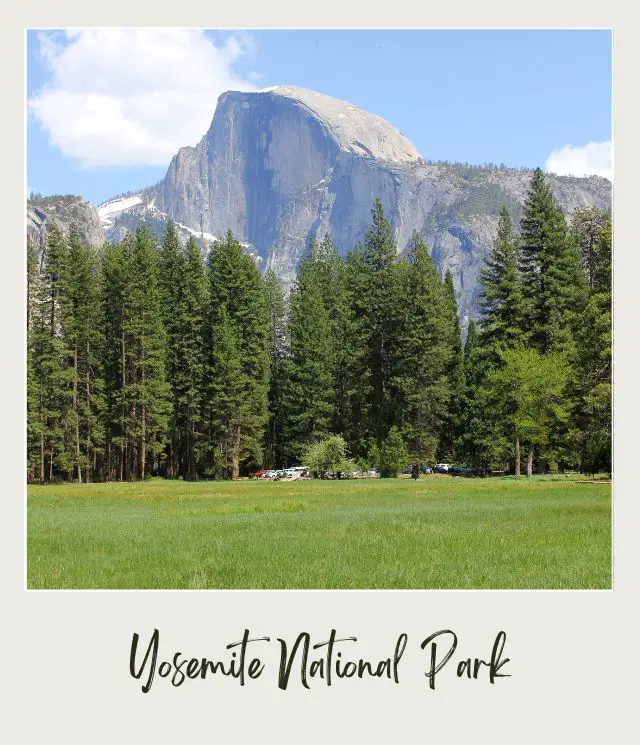
If you’re camping inside a national park, the popular campgrounds can book out very quickly (for popular places like Yosemite, you need to be prepared to book the second they open up for reservations).
‼️ TIP #1: Check well in advance when registrations open. Have a recreation.gov account (the National Park Service’s reservations website) set up and be logged in so you can book straight away.
Not all campsites are equal and picking the right campsite can make a big difference.
‼️ TIP #2: Research the campgrounds well in advance and have a list of site numbers that you want to prioritize (but be prepared to snap up anything available in the more popular campgrounds).
So, what should you look for in a campsite?
‼️ TIP #3: In general, look for a site that’s flat and has some shade if possible. It’s good to be close to amenities like restrooms and drinking water, but not too close.
I got a last-minute site at Madison Campground in Yellowstone and it was right next to the toilet block – people were always walking by and when the wind blew in a certain direction, it did not smell good.
On the other hand, you don’t want to be too far away. I got what I thought was a great site in Jenny Lake Campground in Grant Teton one time, but then I came down with an upset stomach, and the walk to the facilities was uncomfortably far!
Choosing the Right Tent
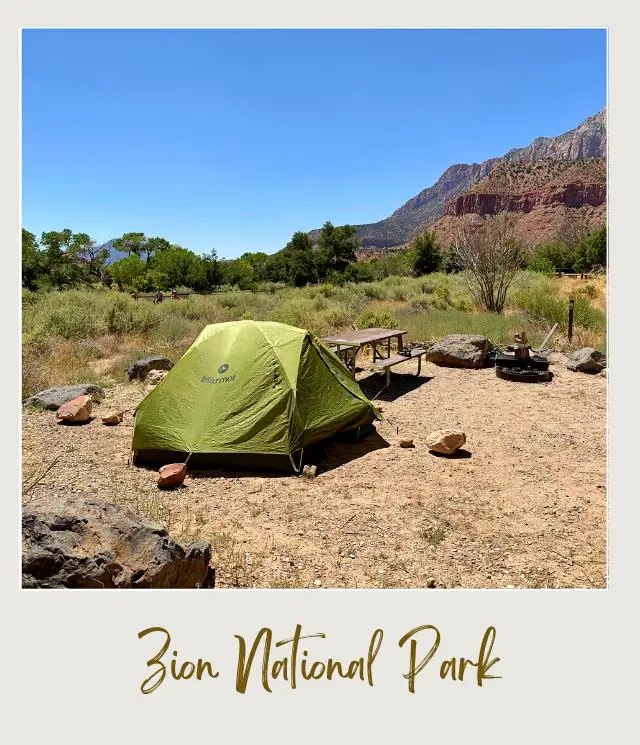
A tent is possibly the most important purchase you’ll make for your camping trip. Your tent is your temporary home, so choose one that suits your needs and comforts.
One thing to consider is size. Consider the number of campers and storage needs.
‼️ TIP #4: Tents tend to be on the small size for their advertised capacity. So, for example, my two-person tent does technically fit 2 people – but our mattresses are right up against the sides of the tent and there’s no room for anything else apart from shoes at the end near the door. In general, I advise getting a bigger size than the official capacity, so you’re more comfortable.
‼️ TIP #5: When choosing the size, consider storage capacity and weight. If you’re car camping and only need to carry the tent a short distance, then I’d definitely recommend going bigger. However, if you’re backpacking, lighter is going to be better. Also look at the height specs. Many tents aren’t tall enough for you to standup in – which may not be an issue – you need to decide that.
Ease of setup is another thing to consider. Generally, larger tents are more complicated to set up – and take more time to put up and take down.
‼️ TIP #6: Always set the tent up in your back yard (if you have one) before your camping trip so that you can figure out how to put it up before you’re at the campground. This way, you will know what to do when you’re on your trip. This is especially important if you’re going to arrive in the dark.
‼️ TIP #7: You should also read some reviews about ventilation and weather resistance. You can always add additional waterproofing to your tent seams if reviews indicate that it’s needed.
‼️ TIP #8: The pegs that come with many tents are not great. They are often plastic and fine for soft dirt but not good if the ground is really hard (which it often is). I always buy separate super hard pegs and a mallet.
➡️ Buy some hard pegs
➡️ Buy a mallet here
TIP #9: Consider the tent’s color too – you might want it to stand out for easy visibility or blend in with the surroundings, depending on your camping style.
I’ve written several buying guides for tents. They give some more details on things to look for, as well as recommendations and reviews:
➡️ Best 4-Person Tents
➡️ Best 6-Person Tents
➡️ Best 8-Person Tents
➡️ Best Large Tents for Camping
➡️ Best Roof Top Tents
➡️ Best Truck Bed Tents
➡️ Best Beach Camping Tents
Packing the Right Gear
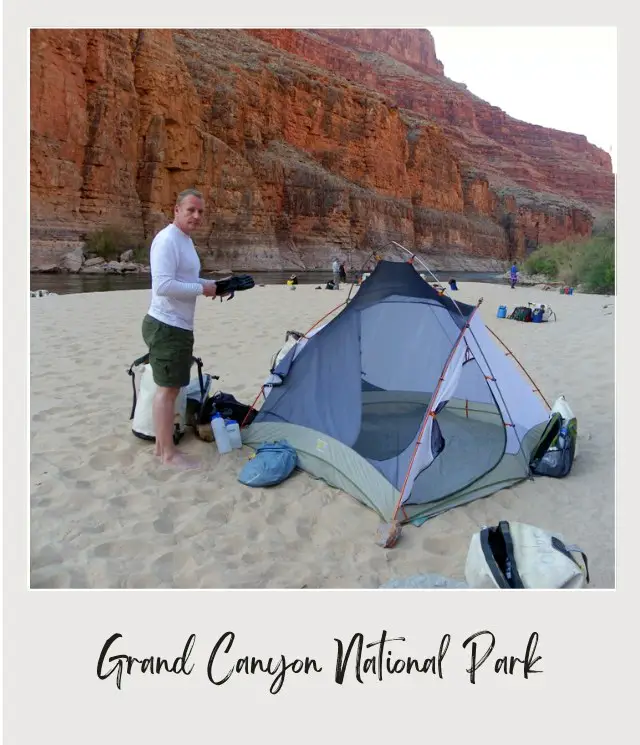
Packing the right gear can make a big difference to your trip.
➡️ Check my Tent Camping Packing List for a full list with a downloadable checklist.
Exactly what you take will depend on the type of trip you’re taking, how long you’re going for, who you’re with, and how much you are willing (or unwilling) to rough it.
‼️ TIP #10: If you’re backpacking, less is more. Pack only what you need, keeping your backpack light and manageable. Essential items include a tent, sleeping bag, sleeping pad, cooking gear, headlamp or flashlight, and clothing suitable for the weather. Consider the specific activities you have planned and pack accordingly.
If you’re car camping, and can easily carry your gear from your car to the campsite, then you have the luxury of bringing more with you to be more comfortable.
‼️ TIP #11: I recommend taking a ground sheet to put under your tent. This can help keep water out, reduce wear and tear on your tent, and also provide some protection against small stones poking into you through the tent floor.
➡️ Need A Ground Sheet? Find It Here
‼️ TIP #12: I used to sleep on a thin sleeping pad, but as I’ve gotten older, I’ve gone with more comfort and now I always sleep on an inflatable mattress. Most of them do deflate slightly throughout the night, so I recommend having a battery-operated pump so you can easily inflate it again each day.
➡️ Read my Buying Guide to the Best Camping Mattresses for reviews and recommendations.
‼️ TIP #13: Avoid putting anything directly against the sides of the tent. Your breath and the difference in temperature can sometimes create condensation on the inside wall of the tent and there is nothing worse than waking up in a wet sleeping bag because it brushed against the side of the tent (another reason to get a tent bigger than the official capacity).
‼️ TIP #14: If you’re camping for longer and not moving every day or so, then having some additional ‘comfort items’ can make a big difference. A tent fan, portable camping air conditioner, or tent heater, a camping fridge, etc., can make a big difference (but they are investments, so only suitable if you’re planning on camping at least semi regularly).
‼️ TIP #15: I like to have a pair of flipflops so I can easily get out of my tent and walk around (to the restroom) in the middle of the night without needing to put on hiking boots.
Nighttime Safety
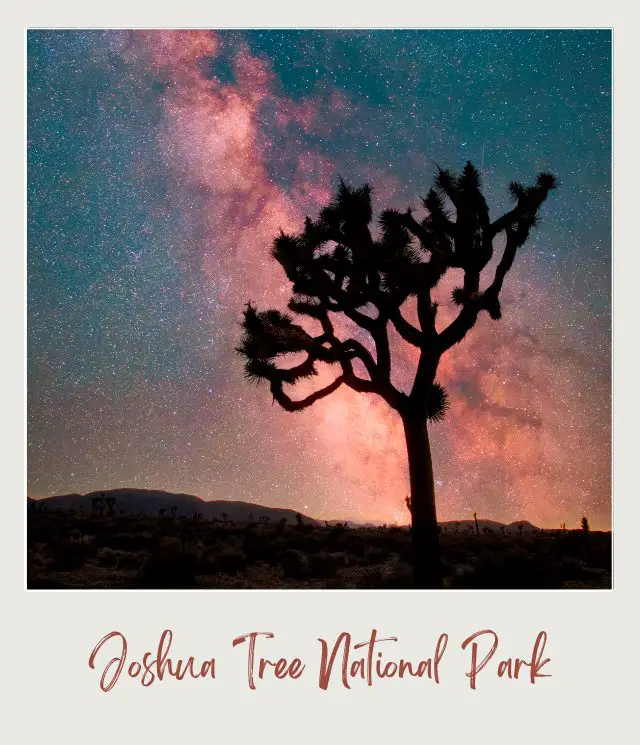
There is seldom ambient light in campgrounds, so it can get very dark as soon as the sun sets. Whether you’re wandering around your own campsite, trekking to the restrooms, or trying to find something in your tent, you’ll need light.
‼️ TIP #16: At the very least, you should have a good headlamp. I recommend this more than a handheld flashlight because you often need your hands to carry or do things at night. I also recommend having a lantern so you don’t need to have your headlamp on all the time.
➡️ Read my Buying Guide to the Best Solar Lanterns
If you want to make your tent site more atmospheric, string lights are a great way to do that.
➡️ Find the Best String Lights here.
‼️ TIP #17: I like to have a designated spot in my tent where I put my flashlight and flipflops so if I wake up in the middle of the night and need to get out of my tent, I can do that easily without stumbling around and disturbing anyone else.
Campfire Essentials
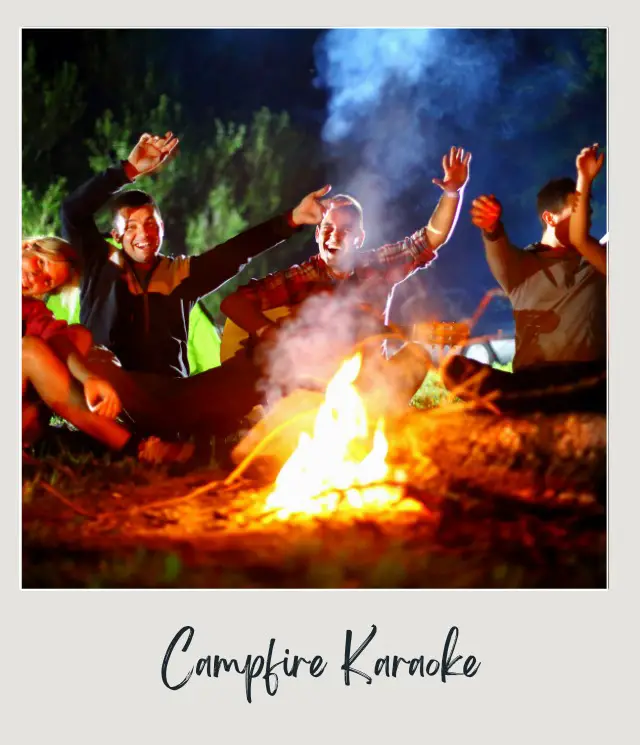
A campfire is the heart of any campsite – it’s where stories are shared, marshmallows are roasted, and memories are made. However, there are some important things to consider.
‼️ TIP #18: Always check with the national park or campground before you go about any current fire restrictions.
Also check if they have fire pits. Most campgrounds have a designated fire pits, but not all of them. If they don’t, check if fires are allowed. If they are, choose a location that’s at least 15 feet away from tents, shrubs, and other flammable materials.
Keep a bucket of water or sand nearby for extinguishing the fire when you’re done.
‼️ TIP #19: Never bring firewood from another area. Bugs can live in firewood and bringing firewood from another place can inadvertently introduce a species into the local ecosystem that can be very bad news.
Check with the campground ahead of time about sourcing firewood locally. Many national park campgrounds sell firewood onsite or at the park general store.
‼️ TIP #20: Do, however, bring a Firestarter and lighter or matches with you. Also pick up a newspaper so you have kindling to start the fire with.
Start by creating a small teepee or pyramid structure with your tinder and kindling, then gradually add larger logs as the fire grows.
Cooking Essentials
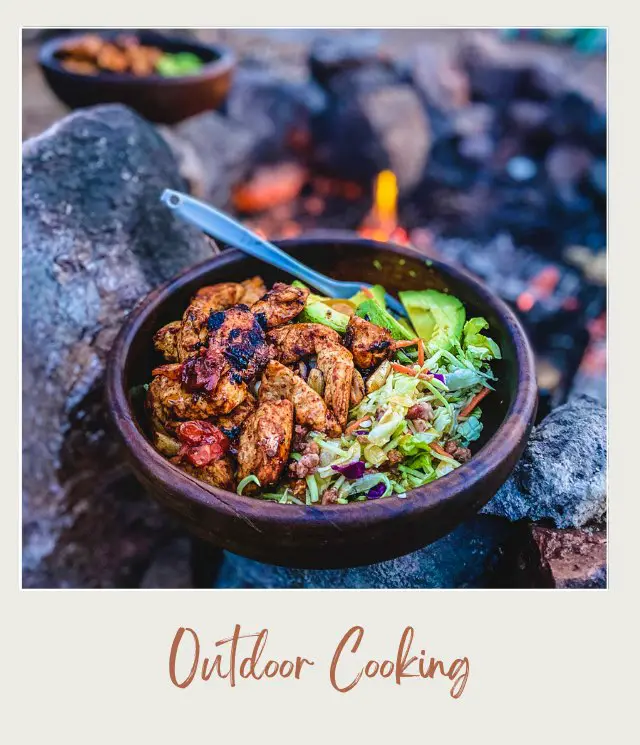
If you have a campfire, you can absolutely use it to cook on.
‼️ TIP #21: If you’re planning to cook on the campfire, check ahead of time if there is a grate that can go over the fire. A cast-iron skillet and a lightweight griddle are good for cooking simple one-pot meals.
➡️ Find the Best Dutch Oven for Camping
The other option is to have a portable propane hotplate. This is simpler than a fire, but your food won’t that have that yummy smoky flavor that a fire gives.
‼️ TIP #22: Stick to simple one pot recipes like chili, grilled sandwiches, s’mores pancakes, or one-pot pasta dishes. Non-perishable items like trail mix, energy bars, and dried fruits are great for snacking and quick energy boosts.
When planning your menu, consider the length of your trip, the availability of fresh water, and any dietary restrictions.
‼️ TIP #23: If you’re planning to toast marshmallows over the fire (which is my favorite night-time camping activity!), bring long-stemmed toasting forks with you.
Storing Food
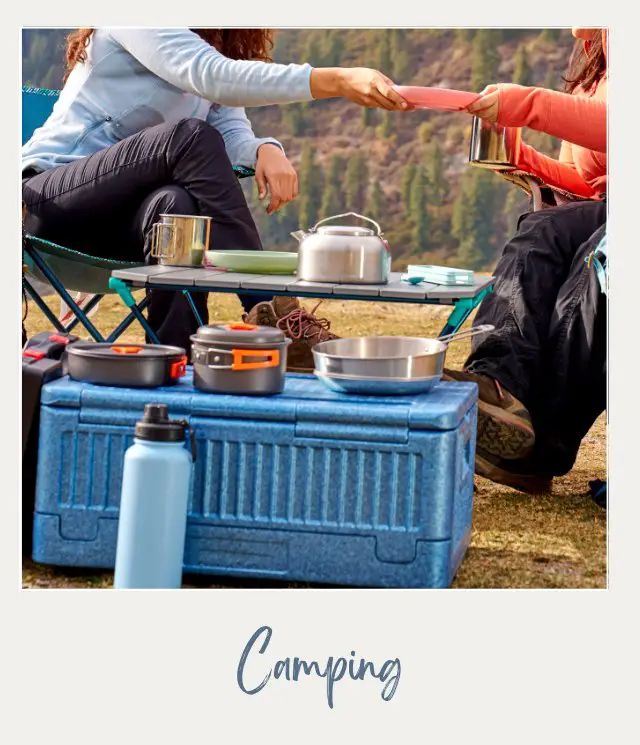
Always store food in airtight, animal-proof containers to keep wildlife at bay.
‼️ TIP #24: If you’re staying in a national park campground that’s in bear country, each campsite usually has a bear locker. Always put all your food in it. But also put your toiletries in it! Bears are attracted to deodorant and perfume.
‼️ TIP #25: If you’re in bear country and there isn’t a bear locker, you should have a bear-proof canister or hang your food and toiletries in a tree so bears can’t get to it.
Keeping the Bugs at Bay
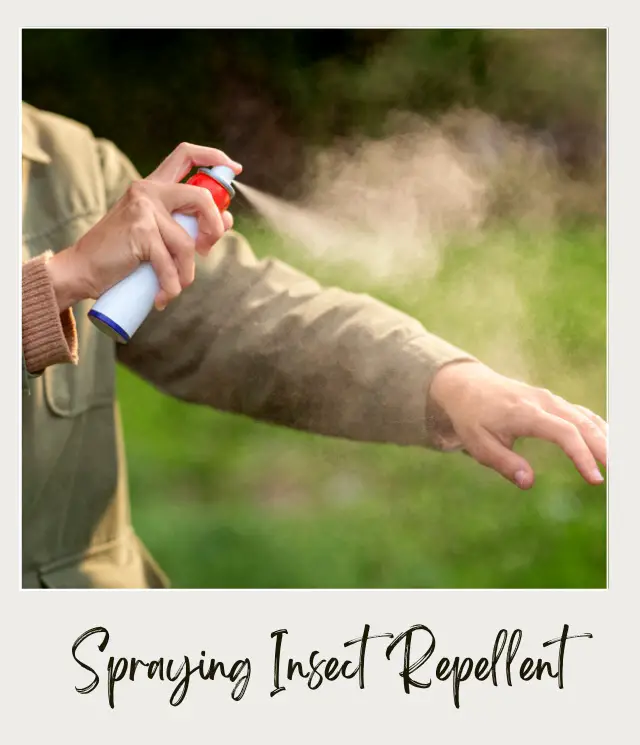
Many campgrounds are in areas that have a lot of mosquitoes or other biting insects. These can be a real pain!
‼️ TIP #26: Invest in a quality insect repellent—preferably eco-friendly. Spray the net of your tent as well, to discourage them slipping into the tent with you.
➡️ Buy some eco-friendly bug spray here
‼️ TIP #27: Wear long sleeves and light-colored clothing as these help deter insects.
Mastering Outdoor Hygiene
Keeping clean in the wild can be tricky but not impossible. Many campgrounds do not have showers, but camping doesn’t mean abandoning hygiene.
‼️ TIP #28: Check with the campground ahead to see if they have showers or not. Some have coin-operated showers. Others don’t, but can tell you about nearby facilities you can use.
‼️ TIP #29: I recommend having biodegradable soap and a quick-dry towel. I kind of hate quick dry towels, but they are handy when camping. Pack some dry shampoo for hair emergencies!
‼️ TIP #30: If there are no showers available, create a portable washing station with a collapsible bucket and a small mirror for proper ablutions. The other (more comfortable) option is to invest in a portable hot water camping shower.
Being Prepared for the Weather
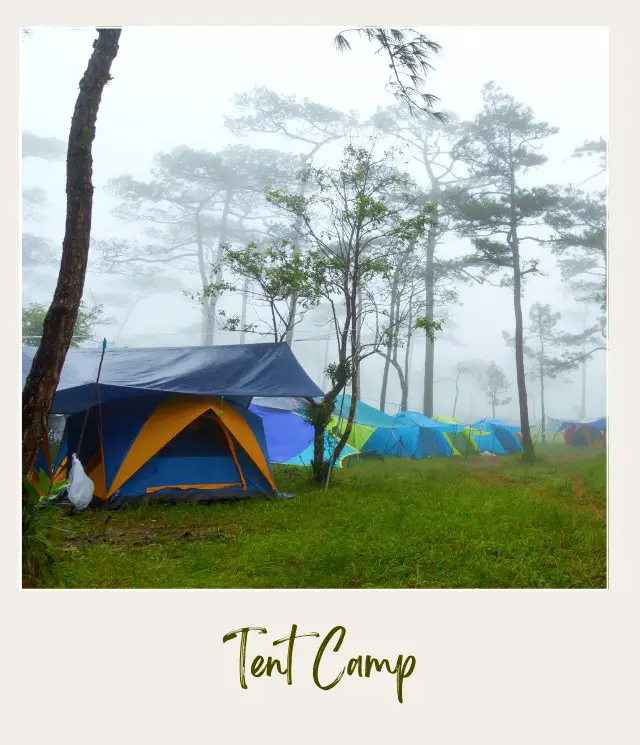
Weather in the wilderness can be unexpected. You should always check forecasts but at the same time, prepare for the unpredictable. A sunny day can quickly turn into a stormy one.
‼️ TIP #31: Pack clothing for all scenarios. Bring layers for cold temperatures, waterproof gear for rain, and a sun hat and lightweight clothing for hot days. A lightweight emergency blanket can come in handy if temperatures drop unexpectedly.
‼️ TIP #32: As the boy scout motto says: Be prepared. Familiarize yourself with signs of approaching storms, and know how to seek shelter if necessary.
Staying Safe
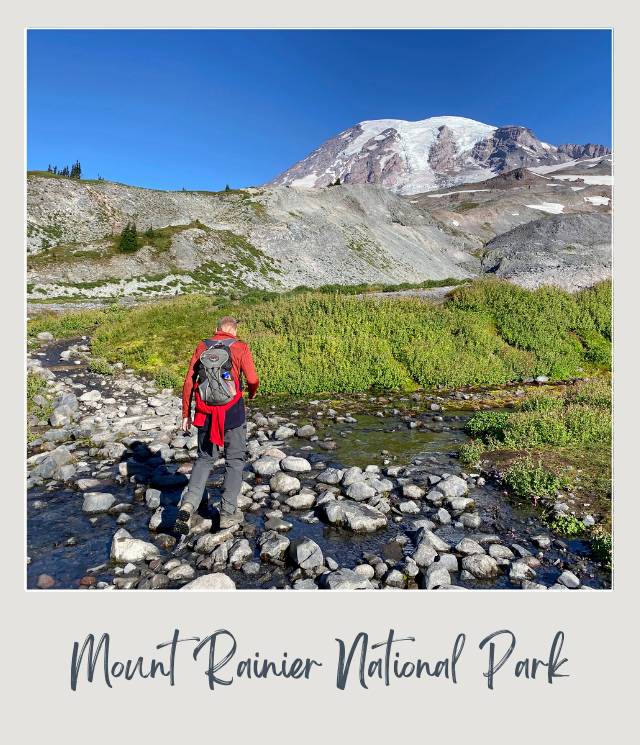
Safety should always be a top priority when camping.
‼️ TIP #33: Before your trip, let someone know your planned itinerary and expected return date.
‼️ TIP #34: Carry an emergency whistle or other signaling device for emergency situations if hiking or even moving around a more remote campsite. Familiarize yourself with the location of the nearest ranger station or emergency services.
First Aid Basics
A well-stocked first aid kit is a non-negotiable item for any camping trip. While you hope never to need it, being prepared can make all the difference in an emergency.
‼️ TIP #35: Your kit should include essentials like band-aids, antiseptic wipes, pain relievers, and a blister kit. Don’t forget to pack any personal medications you might need, as well as a guide to basic first aid techniques.
➡️ Get a basic first aid kit here
‼️ TIP #36: In addition to your kit, familiarize yourself with common outdoor emergencies and how to handle them. Learn how to identify and treat conditions like hypothermia, heat exhaustion, and snake bites (if relevant to where you’re going). Knowing basic CPR and wound care can also be lifesaving skills in the backcountry.
Respecting the Campsite
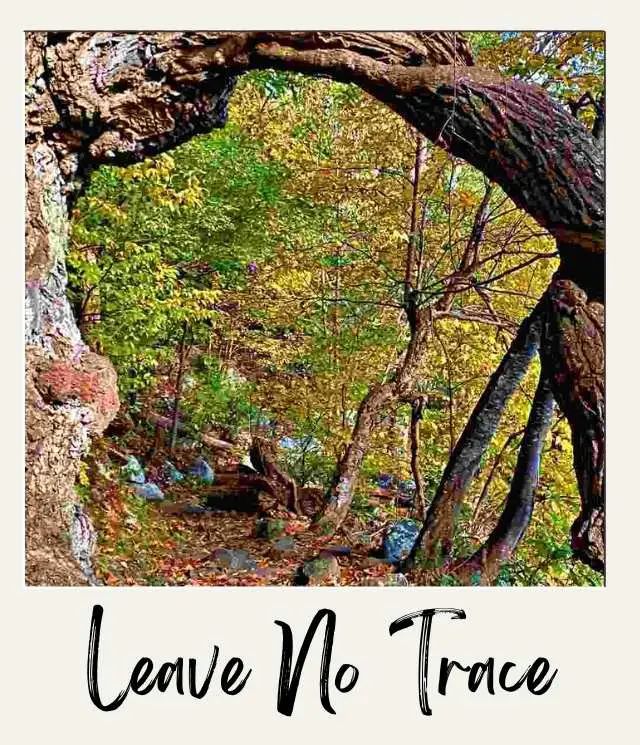
Campsites are shared spaces, and it’s essential to be a good neighbor. Keep your area tidy and noise levels down, especially during quiet hours. Follow all campsite rules, including fire restrictions and waste disposal guidelines, to ensure these beautiful spots remain open and enjoyable for everyone.
Remember, the principles of Leave No Trace apply not only to the wilderness but also to developed campsites.
Unwind with Camp Games

While camping is an opportunity to disconnect from the distractions of daily life, it doesn’t mean you can’t have fun! Bring along a deck of cards, a frisbee, or a nature scavenger hunt list to keep everyone entertained. Take advantage of your surroundings by organizing a hike, a fishing trip, or a stargazing session.
Unplugging from technology also offers a chance to connect with your companions and create lasting memories. Share stories around the campfire, play silly camp games, or simply enjoy each other’s company in the great outdoors.
‼️ TIP #37: ➡️ Read my list of free camping activities the whole family can enjoy
Solving Common Camping Challenges
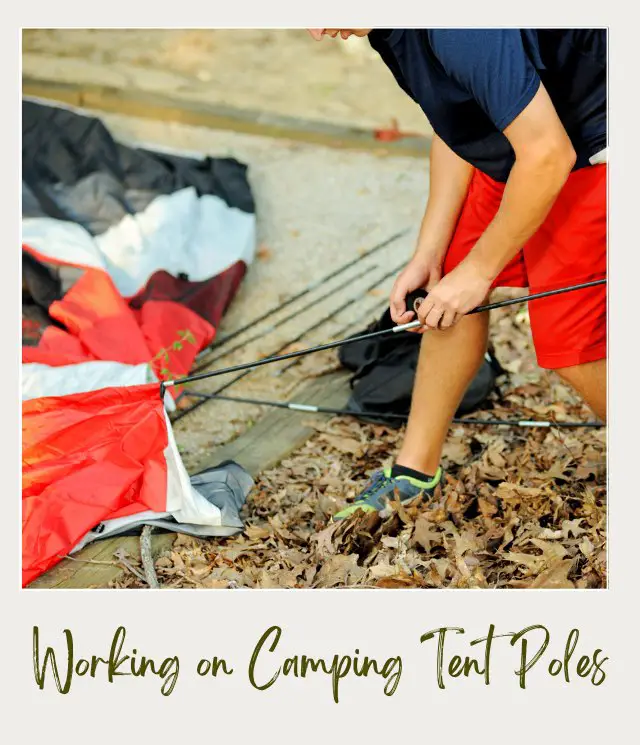
Snapped tent poles, scary campfire cookouts — every camping trip has its quirks. Don’t panic, these are just valuable stories in the making.
‼️ TIP #38: Always carry extra supplies like duct tape and a multi-tool as they can be lifesavers. It’s all part of the adventure.
Summing Up Your New Camping Adventure
Congratulations, you’re primed and ready to tackle tent camping like a pro! You’ve got the important tricks nailed down, from campsite selection to prudent packing.
Subscribe to daily national parks planning tips, travel inspiration and trip ideas and I’ll send you a free PDF of this Guide:
38 Tent Camping Tips for Beginners
Do you have any other tips for tent camping? I’d love to hear about them. Join my private Facebook group National Parks Collectors and comment and let me know (you can also pick up extra planning tips, share your photos and stories with other national park lovers and more).
I hope this article helped. If it did, Pin It to your Camping board!


💡 Are you just starting to think about taking a National Parks trip? Get Inspiration
‼️ Do you need tips and additional information? Read a selection of tips for visiting US national parks
💻 Are you starting to plan a trip to a national park? Read my free guides
📋 Do you need an itinerary? Buy a detailed itinerary for your park
💲 Are you ready to book your trip? Use these Planning and Booking Resources
📖 Do you want to read a book about US national parks? Check out my Recommended Reading Lists
About the Author

James Ian is a national park, camping and hiking expert.
He has dedicated his life to travel, visiting more than 80 countries, all 7 continents and most of the national parks in the United States. With over 35 years experience in the travel industry, James has worked on cruise ships, at resorts and hotels, and as a travel planner who’s helped hundreds of people plan successful trips to US national parks.
Based on his experience visiting our national parks multiple times, in-depth research and expertise as a travel planner, James has published detailed itineraries for many of the major national parks in the US. These itineraries, as well as in-depth park guides, and other resources will help you have your own incredible trip to US national parks without stress and hassle.
As a national park expert, James has contributed to many publications, including USA Today, Newsweek, Time Business News, Savoteur, Best Trip, and Wired.
I’m a member of the Amazon Services LLC Associates Program. As an Amazon Associate I earn from qualifying purchases.


